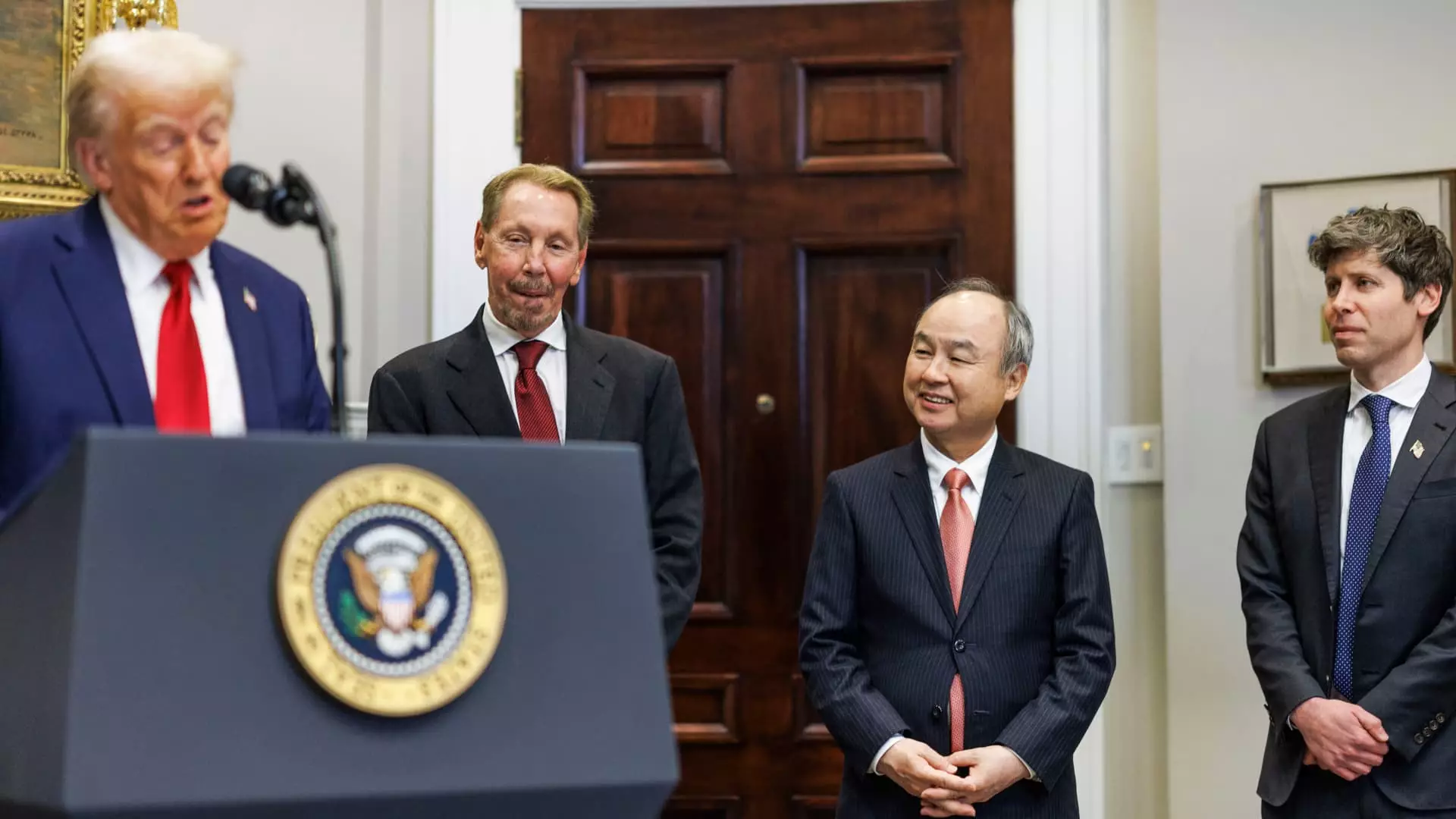In the fast-evolving landscape of artificial intelligence, strategic partnerships often decide the course of technological advancement. Microsoft’s partnership with OpenAI has long been regarded as a cornerstone of its AI ambitions. However, recent developments have raised eyebrows about the future of this collaboration. Microsoft’s role as the exclusive cloud provider for OpenAI is diminishing, signaling a potential shift in their relationship that merits a closer analysis.
At its core, the functionality and success of artificial intelligence solutions hinge heavily on robust cloud infrastructure. Companies like Microsoft, Amazon, and Google have aggressively competed for dominance in this arena, recognizing that AI applications demand vast computing resources. When Microsoft initially invested $1 billion in OpenAI back in 2019, it positioned Azure as the primary platform for training and deploying AI models. This arrangement fueled OpenAI’s rapid growth, enabling products like ChatGPT to flourish.
However, Microsoft’s recent announcement, which includes a newfound arrangement for OpenAI to seek additional capacity elsewhere, raises questions about the viability of its exclusivity. Although Microsoft retains the “right of first refusal,” this implies that OpenAI is exploring diversified options for cloud services. As AI continues to evolve, the need for varied computational resources will only increase. Other competitors, like Oracle, are leveraging their technological capabilities to capture a share of the AI cloud market, which could ultimately challenge Microsoft’s previously unassailable position.
Notably, the recent unveiling of the Stargate Project signifies a substantial collaborative effort among tech giants that includes OpenAI, Oracle, and Softbank, working alongside the U.S. government. With commitments ranging from an initial $100 billion to as much as $500 billion over the next four years, this ambitious joint venture signals a transformative phase for AI infrastructure within the United States.
With Oracle positioned as a pivotal technology partner, the development of expansive data centers bodes both opportunity and challenge for Microsoft. The unfolding construction in Texas with plans for further expansion demonstrates a proactive strategy to bolster AI capabilities outside of Microsoft’s Azure environment. This diversification may not only lead to competition in AI but may also influence the strategic direction of future AI projects, catalyzing Microsoft to reassess its strategies within the AI sector.
The Implications of Shifting Relationships
The evolving dynamics between Microsoft and OpenAI can rightly be seen as both a challenge and an opportunity. Microsoft has acknowledged its ongoing commitment to OpenAI, with assurances that Azure remains a primary computing source for model training and other operations. Yet, the admission that OpenAI is increasingly viewed as a competitor reveals potential strains in their relationship. By naming OpenAI as a competitor, Microsoft may be signaling not only a shift in strategy but also a necessity for both entities to establish clear boundaries within their rapidly overlapping fields.
This divergence could lead to a redefining of intellectual property rights, as both companies look to leverage their respective strengths. Microsoft’s rights to OpenAI’s intellectual property, including innovations that may feed into products like Copilot, remains a critical advantage. However, as OpenAI continues to pursue its substantive ambitions in AI development, there may be tensions regarding the extent to which these innovations can be utilized versus retained exclusively by Microsoft.
As Microsoft navigates this uncharted terrain, its ability to adapt to the rapidly changing AI landscape will be crucial. The growing pressures from competitors and the need for agile cloud services underscore the importance of a flexible approach to its partnership with OpenAI. With executives weighing in on the ambitious directions that Sam Altman, OpenAI’s CEO, envisions, the future remains uncertain yet filled with potential.
Ultimately, the relationship between Microsoft and OpenAI may serve as a bellwether for larger trends within the AI industry. The ability to balance collaboration with competition, alongside the necessity of innovative infrastructure, will determine how both entities can effectively thrive in a digital ecosystem increasingly defined by their interdependencies. As the AI revolution continues, those who can adapt their strategies with foresight are the ones likely to shape its future.

